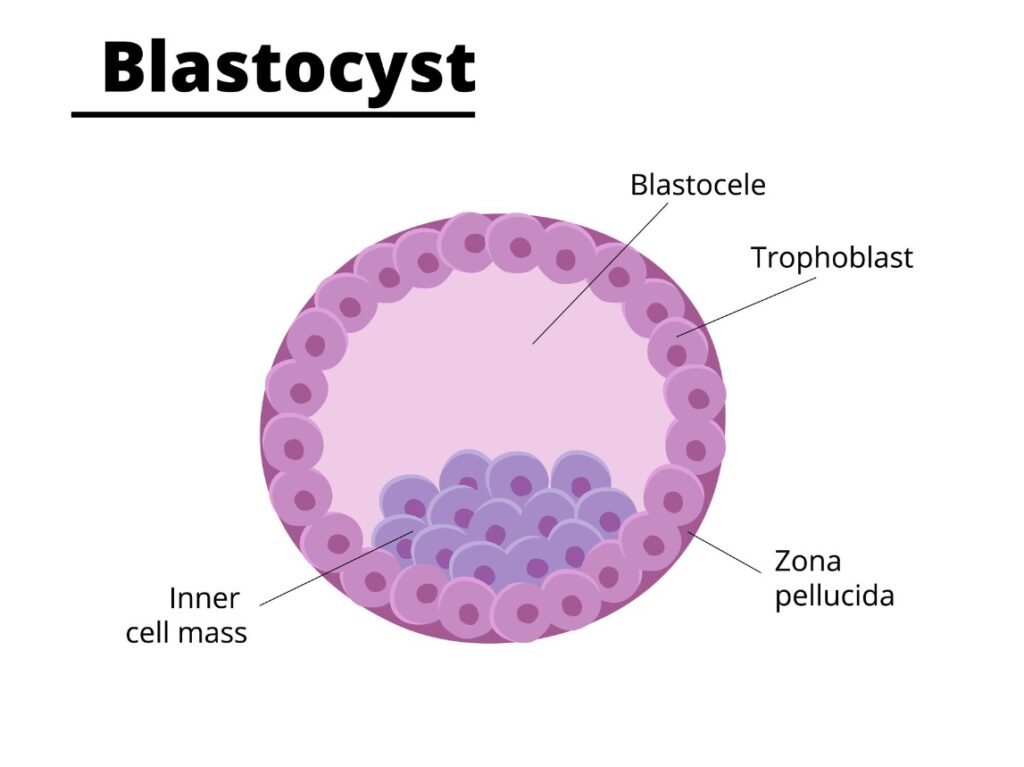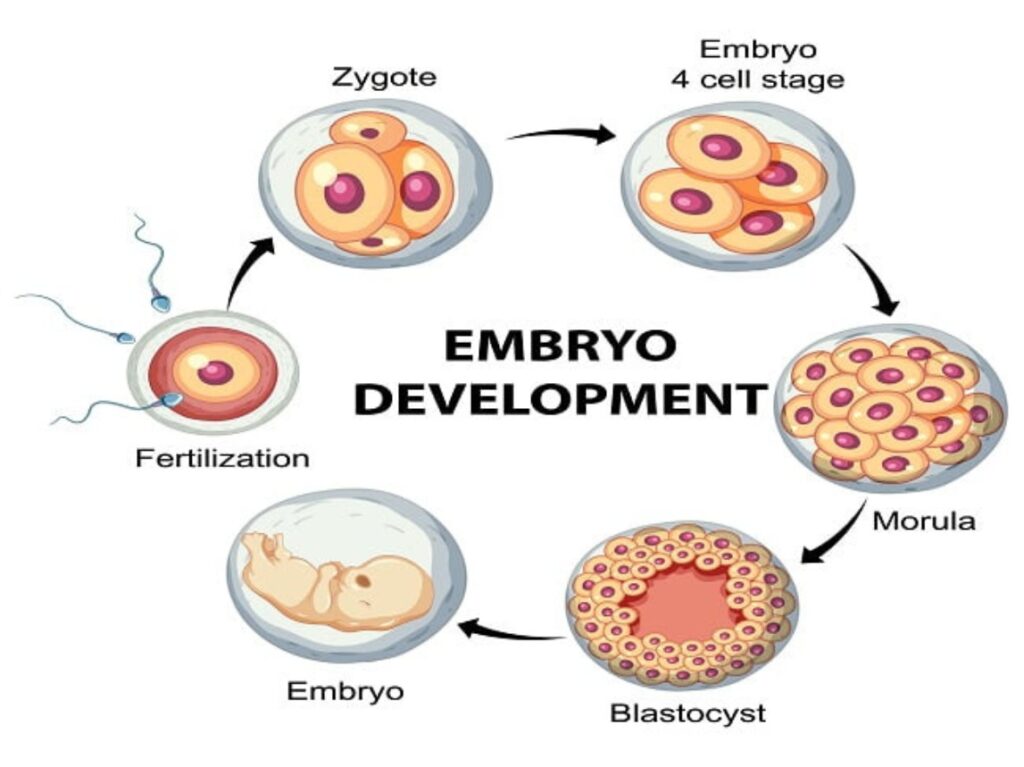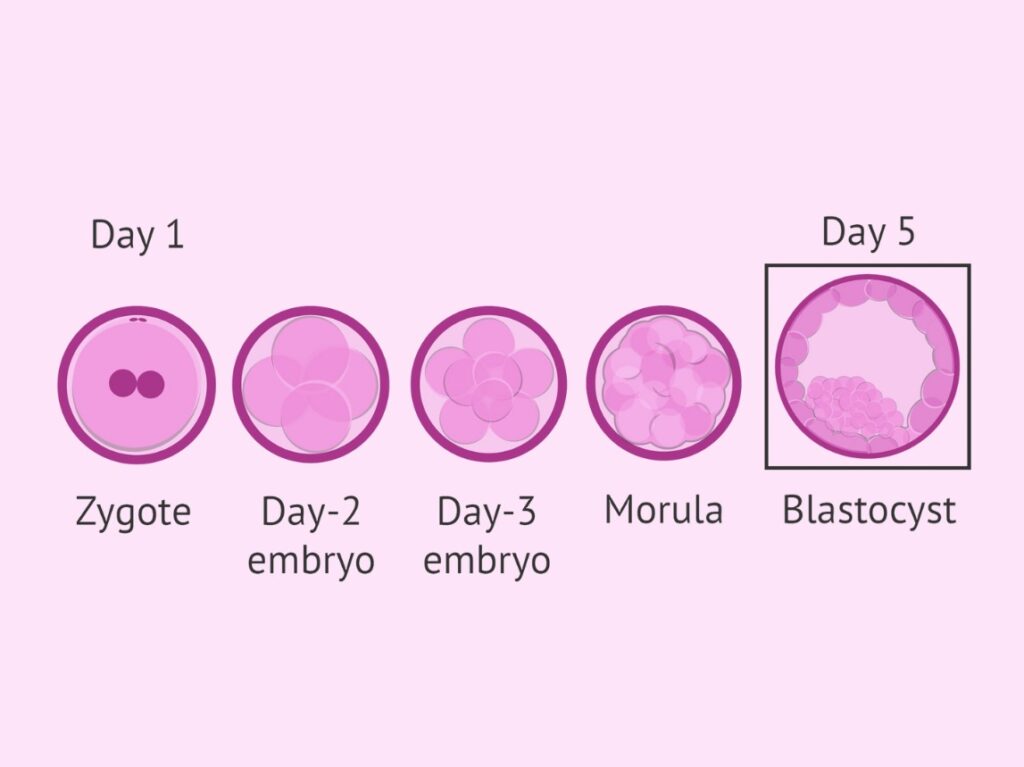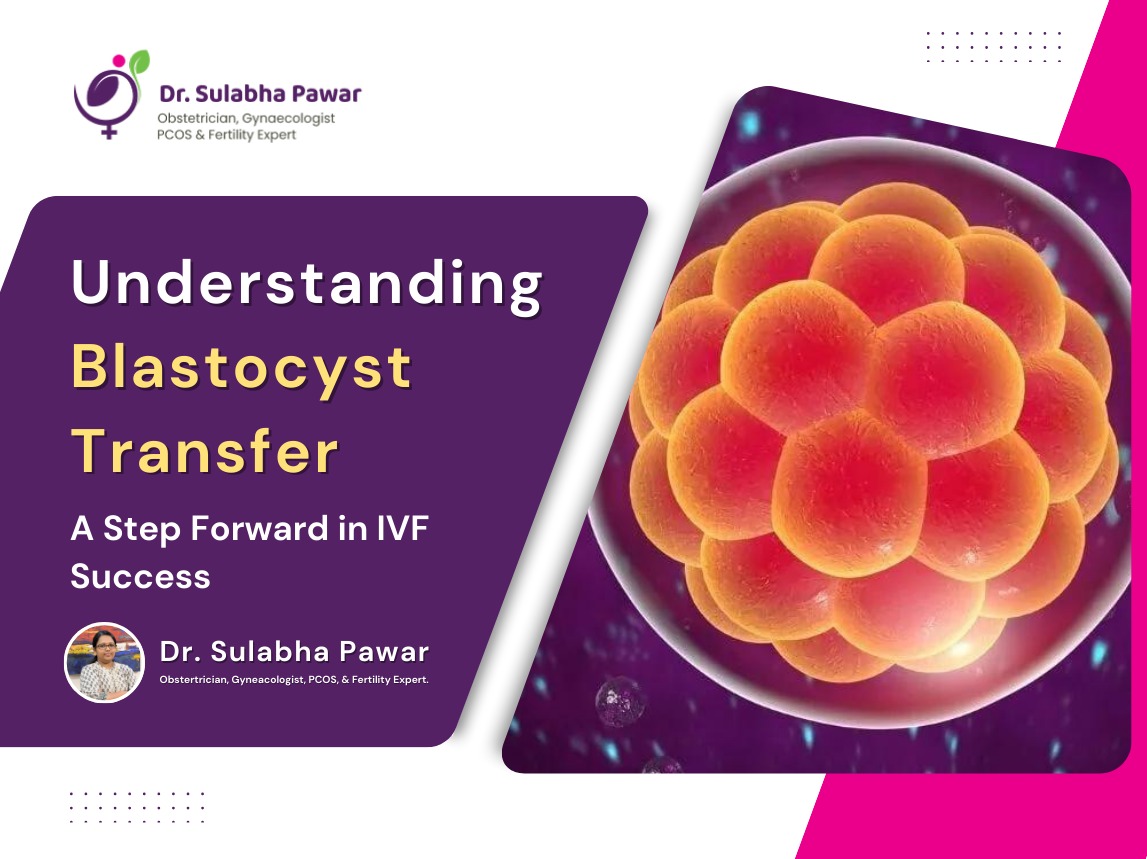A Step Forward in IVF Success
When couples or individuals face challenges with natural conception, In Vitro Fertilization (IVF) often becomes a viable solution. One critical component of IVF is the transfer of embryos back into the uterus, and the timing of this transfer can play a big role in the success of the treatment. Among the options available, Blastocyst Transfer has gained popularity for its potential to improve outcomes. But what exactly is blastocyst transfer, and how does it differ from other methods?
Let’s break it down in simple terms.
What is an Embryo, and What is a Blastocyst?
An embryo is formed when an egg is fertilized by sperm, marking the beginning of life. In IVF, this fertilization happens outside the body in a lab. Once fertilized, the embryo goes through several stages of development.
The embryo starts as a single cell, and over a few days, it begins to divide. By day 2 or 3, the embryo consists of around 6 to 8 cells. If the embryo continues to develop successfully, by day 5 or 6, it reaches a more advanced stage called the blastocyst. At this point, the embryo is now a complex group of cells with a fluid-filled cavity and two distinct parts: the inner cell mass (which will become the baby) and the outer layer (which will develop into the placenta).

What is Blastocyst Transfer?
Blastocyst transfer simply refers to the process of transferring an embryo that has developed to the blastocyst stage (around day 5 or 6) into the uterus. In traditional IVF, embryos are often transferred earlier, around day 2 or 3, when they are in a simpler, less developed stage.
Why Choose Blastocyst Transfer?
There are several reasons why blastocyst transfer has become a preferred method for many fertility specialists:
- Higher Implantation Rates: Since the blastocyst is more developed, it may have a better chance of implanting into the lining of the uterus and growing into a pregnancy. This can result in higher success rates for IVF.
- Natural Timing: In a natural pregnancy, the embryo usually reaches the uterus around day 5, which is when the blastocyst stage occurs. Blastocyst transfer mimics this natural process, potentially increasing the chances of success.
- Better Embryo Selection: Only strong, healthy embryos typically survive to the blastocyst stage. By waiting a few extra days, fertility doctors can better assess which embryos have the best potential for success.

Is Blastocyst Transfer Right for Everyone?
While blastocyst transfer offers many benefits, it’s not suitable for everyone. It requires the embryos to develop well in the lab, and in some cases, fewer embryos may make it to the blastocyst stage. This might be challenging for individuals who produce fewer eggs or have fewer embryos available.
For couples or individuals with multiple embryos and good-quality eggs, blastocyst transfer might be an ideal choice. However, for those with fewer embryos, an earlier transfer (at day 2 or 3) might be recommended to ensure they have the chance for implantation.
The Procedure: What to Expect
The actual process of blastocyst transfer is quite similar to any other embryo transfer. Once the embryo reaches the blastocyst stage, it is carefully placed into the uterus using a thin catheter. The procedure is quick and typically painless, often performed without the need for anesthesia.
After the transfer, it’s a waiting game. The next step is to wait for about two weeks to see if the blastocyst successfully implants and a pregnancy is established.

Success Rates and Risks
While blastocyst transfer often leads to higher success rates, it’s important to remember that every individual’s fertility journey is unique. Success depends on factors such as the age of the woman, the quality of the eggs, and the overall health of the individual or couple. Some risks, like multiple pregnancies, are still present, especially when more than one blastocyst is transferred.
Conclusion: A Promising Option in IVF
Blastocyst transfer has revolutionized IVF by offering a more natural approach to embryo implantation. With its higher success rates and better embryo selection, it’s a hopeful option for many trying to conceive. However, as with any fertility treatment, it’s essential to have a personalized consultation with a fertility specialist to determine the best plan based on individual circumstances.




